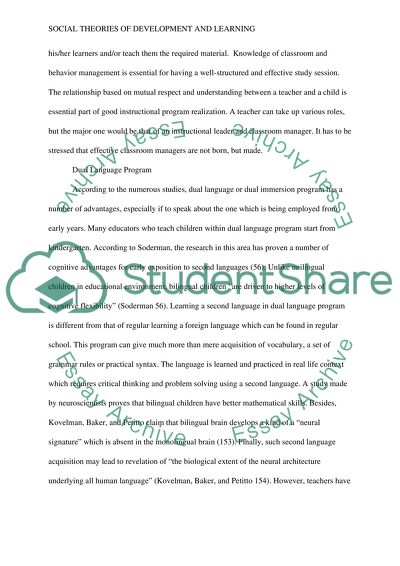Cite this document
(“Social Theories of Development and Learning Essay”, n.d.)
Retrieved from https://studentshare.org/education/1436103-social-theories-of-development-and-learning
Retrieved from https://studentshare.org/education/1436103-social-theories-of-development-and-learning
(Social Theories of Development and Learning Essay)
https://studentshare.org/education/1436103-social-theories-of-development-and-learning.
https://studentshare.org/education/1436103-social-theories-of-development-and-learning.
“Social Theories of Development and Learning Essay”, n.d. https://studentshare.org/education/1436103-social-theories-of-development-and-learning.


